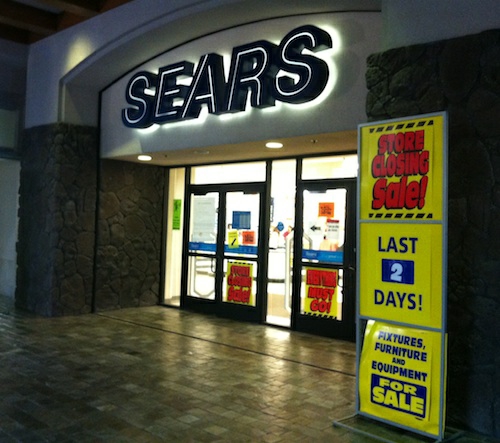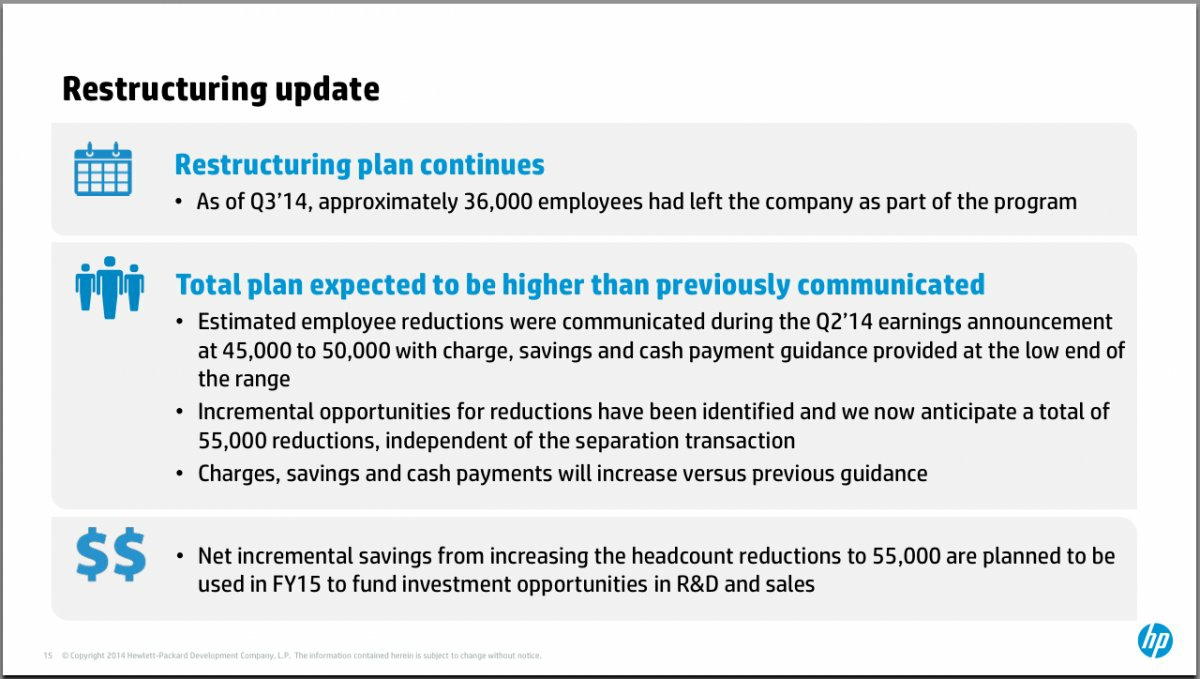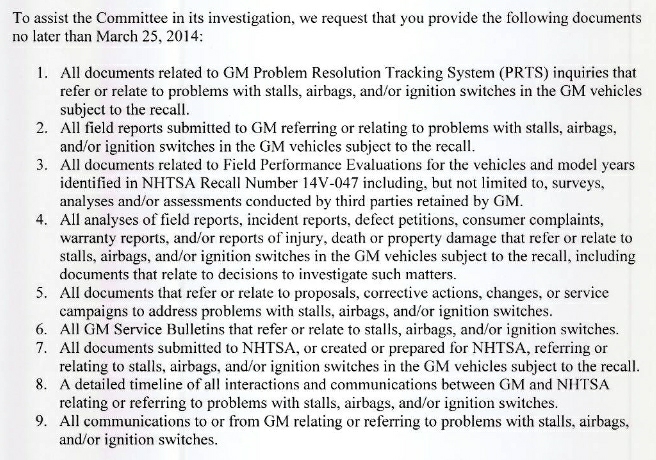PIMCO CEO and Co-CIO Mohamed El-Erian resigned suddenly, and Business Insider obtained a copy of his internal communication to employees. Some speculate about "fatigue" and "tension" among the leadership team.
Business Insider provided this excerpt from the email:
I was so fortunate back in April 1999 to join such an exceptional firm. I vividly remember how I immediately felt at home in a culture that always puts the client first, that is determined to excel, and that values thought leadership as a foundation for continued success.
During my wonderful time at PIMCO, I worked with amazing colleagues who taught and inspired me. I grew professionally and personally. I made lasting friendships. And I had great fun.
But the significance of the "I" pales when compared to the "we" and "you."
Collectively as a firm, we have achieved amazing things for our clients around the world.
It is hard to believe when you see today's PIMCO but, back then, I joined in 1999 a firm that had some $150 billion in assets under management, serving essentially US clients. We offered primarily core fixed income U.S. products. And we were around 500 colleagues working in 4 offices.
Today we are around 2,500 in 13 offices around the world. Our truly global client base has entrusted us with some $2 trillion in assets to manage. And we provide them with a much more diversified set of investment products whose performance continues to excel – once again, over 90 percent of our assets under management are out-performing their benchmarks for the last 5-year period (as of December 31, 2013, before fees).
Yes, collectively, we have been on a meaningful and amazing journey – of serving well more clients, in more places, and with an expanding set of investment solutions to help them meet their objectives.
As you can imagine, the last six years have been particularly exciting and significant as we have helped our clients navigate a global financial crisis and its aftermath. Together, we have worked very hard to safeguard and grow their retirement funds, pensions, investments and savings. And because PIMCO delivered, they have rewarded the firm's hard and effective work by almost tripling our assets under management during this six year period. Or, from another perspective, it took PIMCO 39 years to reach the first $1 trillion mark and just over 3 years to reach the $2 trillion mark.
It has been a period of amazing growth in other meaningful ways too. We are a much stronger and more diversified firm.
Our increasing revenues achieved yet another new record in 2013, as did the level of PIMCO's profits. Our assets under management are more diversified with the share of non-traditional (non-core fixed income) assets, which stood at 56 percent of our business in December 2007 when I rejoined as CEO and co-CIO, now at 66 percent – and this is despite that fact that PIMCO's traditional business continued to grow strongly over this period.
We are also a much more global firm, and getting more so by the day. In the last six years alone, the share of our non-US business has risen to over 30 percent, and again notwithstanding solid growth in our U.S.-based business.
Together, we have done more than successfully expand and diversify PIMCO – we have also successfully grown and made significant strides in diversifying our people.
Our expanding Inclusion and Diversity programs have become an integral part of our talent management and, already, are an important contributor to our success. That, together with our closely-related collective emphasis on promoting and engendering cognitive diversity, puts PIMCO in an even better position to deliver more for our clients in the future.
Because of the way we have done all this – namely, by never losing sight of our mission to deliver to clients superior long-term investment performance, world class client servicing, innovative products, and the right mix of business resilience and agility – PIMCO's success has been recognized worldwide; and not just by the multiple awards (including last week's Morningstar award for Alfred Murata and Dan Ivascyn, joining Bill Gross and Mark Kiesel as past winners) but also, most importantly, by the very high level of client satisfaction.
You are extremely talented, dedicated, and hard working in serving clients. You provide a level of investment excellence, intellectual stimulation and operational efficiency that also allow others to grow and shine. You interact in a way that make the whole much bigger than the sum of the parts. You find a way to maintain your composure and effectiveness regardless of the volatility of markets. And, somehow, you do all this again and again!
What is really impressive about you is not limited to what you consistently deliver to our clients and how you do so; it is also about how you find the time and energy to also give back to our local communities...
PIMCO also published a press release announcing the new leadership team.
Discussion Starters:
- Compare the email except to the press release. What similarities and differences do you see?
- What's missing from the press release?
Business Insider refers to the internal communication as a "memo," but I call it an "email." Why?










 How politely someone writes a review can affect how customers react. A new study, "We'll Be Honest, This Won't Be the Best Article You'll Ever Read: The Use of Dispreferred Markers in Word-of-Mouth Communication," published in the
How politely someone writes a review can affect how customers react. A new study, "We'll Be Honest, This Won't Be the Best Article You'll Ever Read: The Use of Dispreferred Markers in Word-of-Mouth Communication," published in the 








